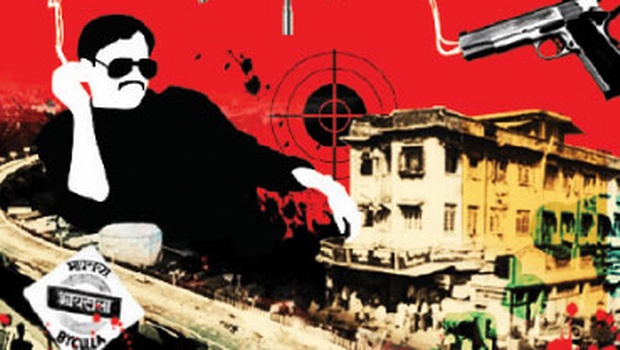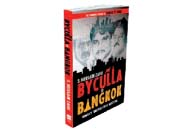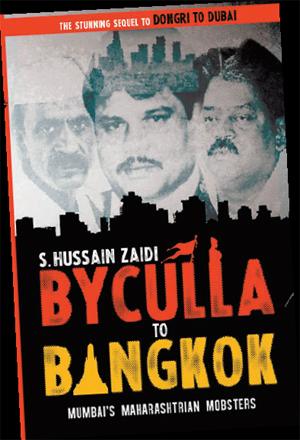No one will step forward unless he wants to get chopped up like a carrot,” he said coldly. Twenty-four-year-old Amar Naik, wielding a chopper like a vegetable knife, was ready to take that one step that would catapult him from an ordinary youth to a criminal. Working at his brother’s vegetable shop, it was his reaction to paying vargani (contribution) to the Gawli and Potya gangs that operated in the Parel-Byculla belt in Mumbai.

After Dongri to Dubai, which traced the journey of don Dawood Ibrahim, S Hussain Zaidi returns with Byculla to Bangkok. In his new book, he chronicles the lives and times of Mumbai’s Maharashtrian mobsters—from Arun Gawli who went from being a mill worker to a dreaded gangster and part of the incredibly named BRA gang (taken from the initials of its three leading members Babu Reshim, Rama Naik and Arun Gawli), to Ashwin Naik, a civil engineer who joined his gangster brother Amar Naik’s gang and the biggest of them all, Chhota Rajan, who went on to become Dawood’s right-hand man and later foe ultimately joining hands with Dawood’s rival Gawli.

Zaidi makes a connection between the shutting down of mills in the 1980s and ’90s and lack of jobs, and the rise of gangs and their foray into real estate deals besides the liquor dens, extortion, black marketing of cinema tickets and settling of financial disputes.
There is a saying in the underworld, Zaidi writes, ‘Jiski nazar game se hati, woh game se hata’ (He who does not keep his eye on the game eventually loses it). It was a time when reprisal killings —one gang would kill a member of a rival gang and the other would retaliate —were rampant to establish supremacy and ‘shootouts’ constantly made headlines. Family was usually off limits but Dawood went for Gawli’s brother and Gawli retaliated by killing Dawood’s brother-in-law. Killings also extended to businessmen and mill owners who were sources of finance to rival gangs and Zaidi unravels the complex web, trying to bring the shifts in power as each gang tried to decimate the other, into an orderly narrative. It is a difficult task and he goes from past to present, one episode to another, making it somewhat difficult to keep track of.
By 1995, “the mafia had spread its tentacles to real estate, Bollywood, and almost everywhere it could smell money. In the nineties, few flaunted their wealth for fear of being spotted by the mafia, which lost no time in making that ‘Pay or else’ call. Then police commissioner Ram Dev Tyagi greenlighted the era of police encounters, and “between 1993 and 2003, some 600 criminals were killed in Mumbai”.
The press note for all these was standard (A team of officers intercepted a vehicle… the gangster was told to surrender but he opened fire… the cops fired in retaliation and self-defence), but Zaidi, in true potboiler style, tells the stories behind the official versions and of the second and third-rung aides and shooters, from Dawood’s hitman Sautya whose lust was legendary and who deviously plotted to kill the husband of the woman he loved to the diminutive D K Rao who managed to kill his one-time colleague O P Singh in no less than the confines of a jail. Of how India’s biggest druglord got smitten by the charms of a “woman of indescribable beauty…”, and who was ultimately to be his downfall. It is not just a chronicling of the men of the underworld but also the stuff Bollywood dreams are made of.
Byculla to Bangkok
By: S. Hussain Zaidi
Pages: 299 Price: Rs 304
Imprint: HarperCollins
source: http://www.newindianexpress.com / The New Indian Express / Home> LifeStyle> Books / by Monica Bhatihja / April 13th, 2014









